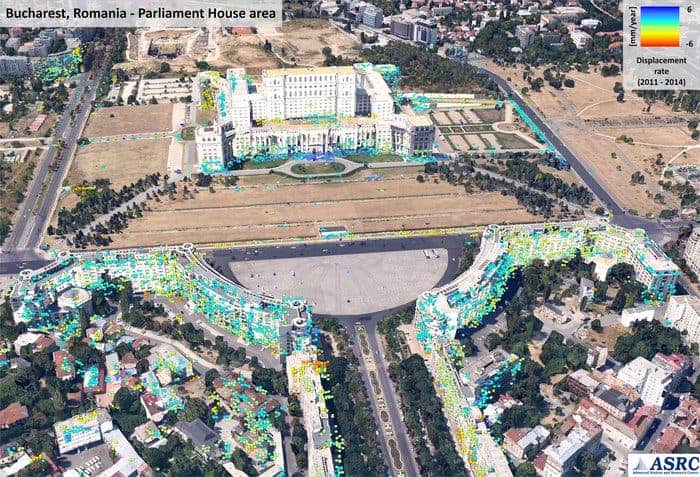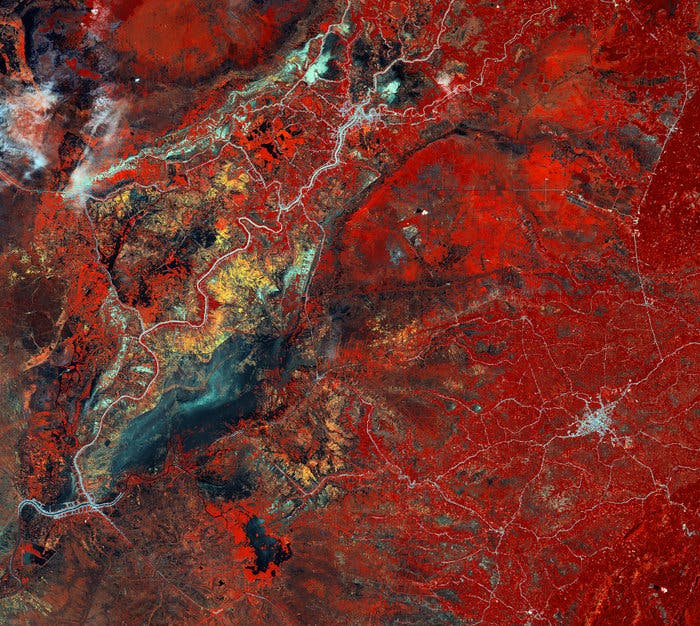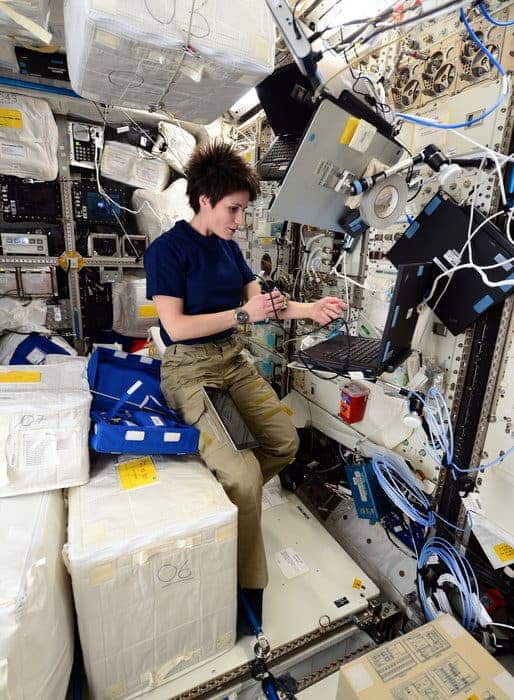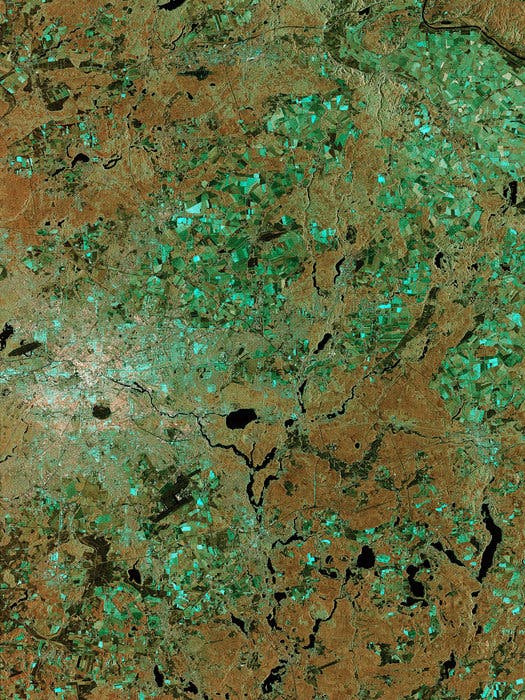The European Space Agency (ESA) is the European equivalent of NASA. Recently, they’ve been uploading some amazing images on their website, so here is a selection of the best pictures they’ve published recently.
The magnetic field of the galactic plane

While the pastel tones and fine texture of this image may bring to mind brush strokes on an artist’s canvas, they are in fact a visualisation of data from ESA’s Planck satellite. The image portrays the interaction between interstellar dust in the Milky Way and the structure of our Galaxy’s magnetic field. In this image, the colour scale represents the total intensity of dust emission, revealing the structure of interstellar clouds in the Milky Way. The texture is based on measurements of the direction of the polarised light emitted by the dust, which in turn indicates the orientation of the magnetic field.
This image shows the intricate link between the magnetic field and the structure of the interstellar medium along the plane of the Milky Way. Image Credits: ESA/Planck Collaboration. Acknowledgment: M.-A. Miville-Deschênes, CNRS – Institut d’Astrophysique Spatiale, Université Paris-XI, Orsay, France.
Ground Displacement in Bucharest, Romania

Satellite radar scans show various points on and around the Palace of Parliament in Romania’s capital, Bucharest, that are rising (blue) and sinking (red/orange) from 2011–14. You can get this kind of information through remote sensing, with satellite data. The radar data were processed using Persistent Scatterer Interferometry (PSI), a technique that can help detect and monitor movements over wide areas with high sensitivity. Image credits: Advanced Studies and Research Center.
South Kalimantan, Borneo

he network of white lines show manmade constructions such as houses lined up along rivers and roads. Dark blue shows swamps. False-colour images in infrared provide detailed information on vegetation, such as plant type and health. This information is particularly useful for agricultural monitoring. Zooming in, we see that the majority of the land in this image is sectioned off into plots. Notice how most of the image is red, while plots near or in the swamps are yellow and orange. This indicates a different crop, possibly rice. Meanwhile, brighter red indicates thicker vegetation. Mountainous Borneo is home to one of the world’s most diverse rainforests, and its natural resources have tremendous social and economic value at local, national and global levels. Image credits: JAXA/ESA
Conducting skin experiments in outer space

ESA astronaut Samantha Cristoforetti running the Skin-B experiment on the International Space Station during her Futura mission. This experiment gathers data on skin structure, oxygenation, hydration and elasticity. The goal is to develop a computer model of how skin ages. Image credits: ESA.
Vegetation in Europe

This image of Europe is a composite of Proba-V images from 1–10 May 2014. Launched just over a year ago, the washing machine-sized satellite carries the Vegetation imager designed after the French Spot-Vegetation mission, flown on the Spot-4 and Spot-5 satellites. This mission maps land cover and vegetation growth across the entire planet every two days. The information can be very useful for tracking of extreme weather, alerting authorities to crop failures, monitoring inland water resources and tracing the steady spread of deserts and deforestation. Image credits: ESA/VITO.
Berlin, as seen by a laser

This image of Berlin, Germany, captured by Sentinel-1A is one of the first images delivered via the precursor European Data Relay System (EDRS) carried on Alphasat, which is in geostationary orbit 36 000 km above Earth. Image credit: Copernicus data/ESA (2014).
Pretty lines of light.. but where are they from?

This image was taken by ESA astronaut Samantha Cristoforetti from the International Space Station. She commented: “Forgot where I took this picture. Very distinct pretty lines of light – looks familiar to anyone? #HelpRequired”
Astronauts can set their cameras to take pictures automatically while they work on experiments, so they do not always know themselves – and computer programmes cannot help.
Helping astronauts find what they photographed can be fun but it also helps researchers investigating light pollution – unnecessary lights that shine upwards instead of guiding our way at night. Image credits: ESA/NASA.









